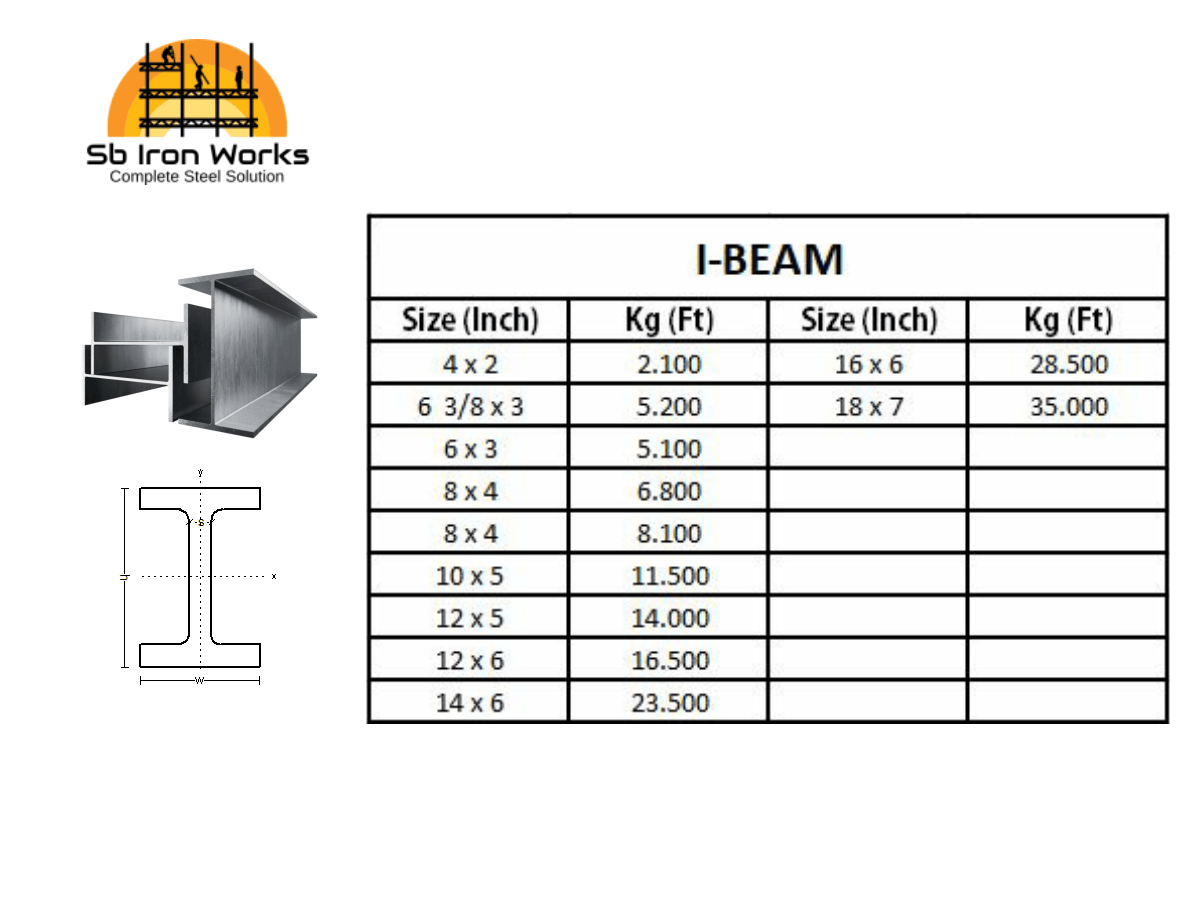PRODUCTS
FLATE BAR
Flat bars are a flat, rectangular section with square edges varying in sizes. This cost-effective steel product is suitable for a wide variety of applications and is distributed into the construction, engineering, manufacturing, mining, grating, fabrication and many other industries. The flat bar's versatility is the main reason it is usable throughout various industries, along with the excellent strength and formability combination of steel.
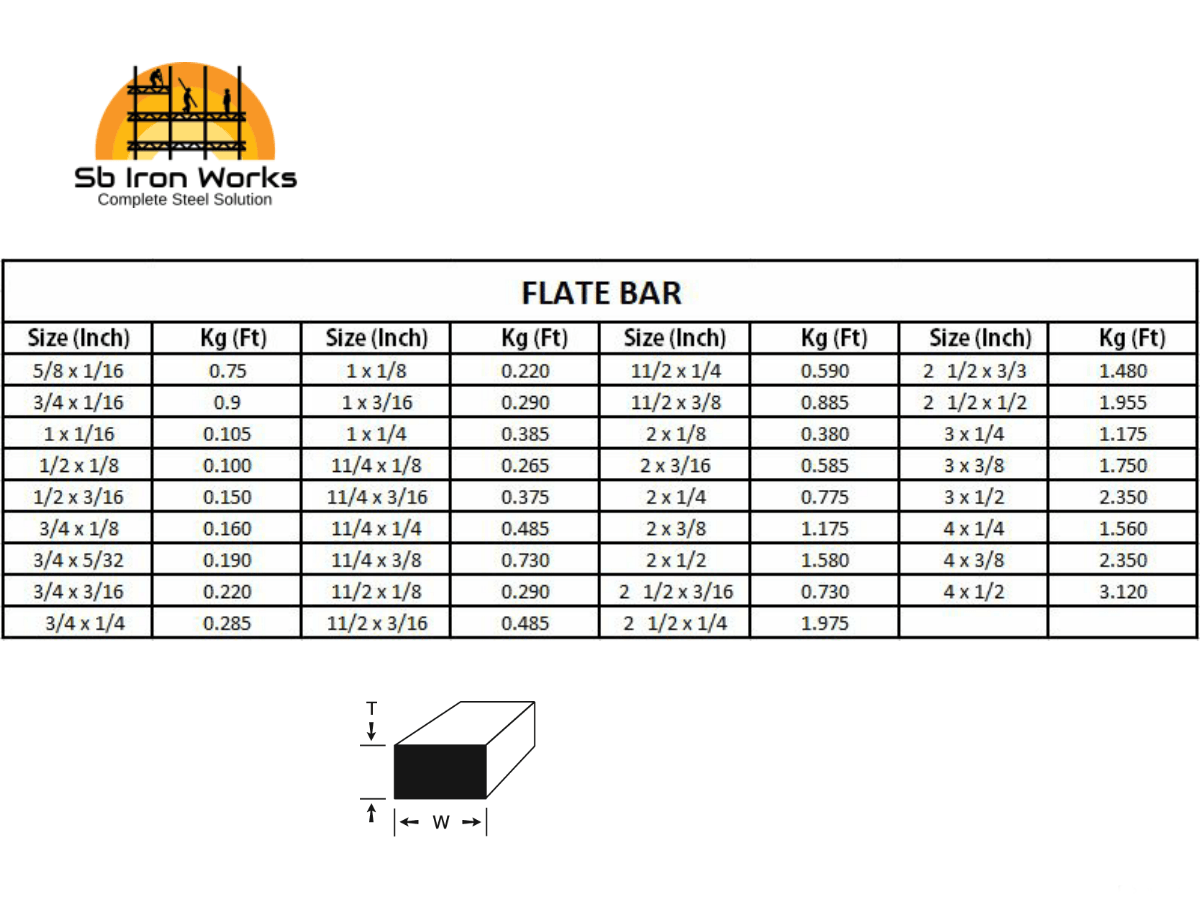
CHANNEL U SHAPE
The structural channel, also known as a C-beam or Parallel Flange Channel (PFC), is a type of (usually structural steel) beam, used primarily in building construction and civil engineering. Its cross section consists of a wide "web", usually but not always oriented vertically, and two "flanges" at the top and bottom of the web, only sticking out on one side of the web. It is distinguished from I-beam or H-beam or W-beam type steel cross sections in that those have flanges on both sides of the web.
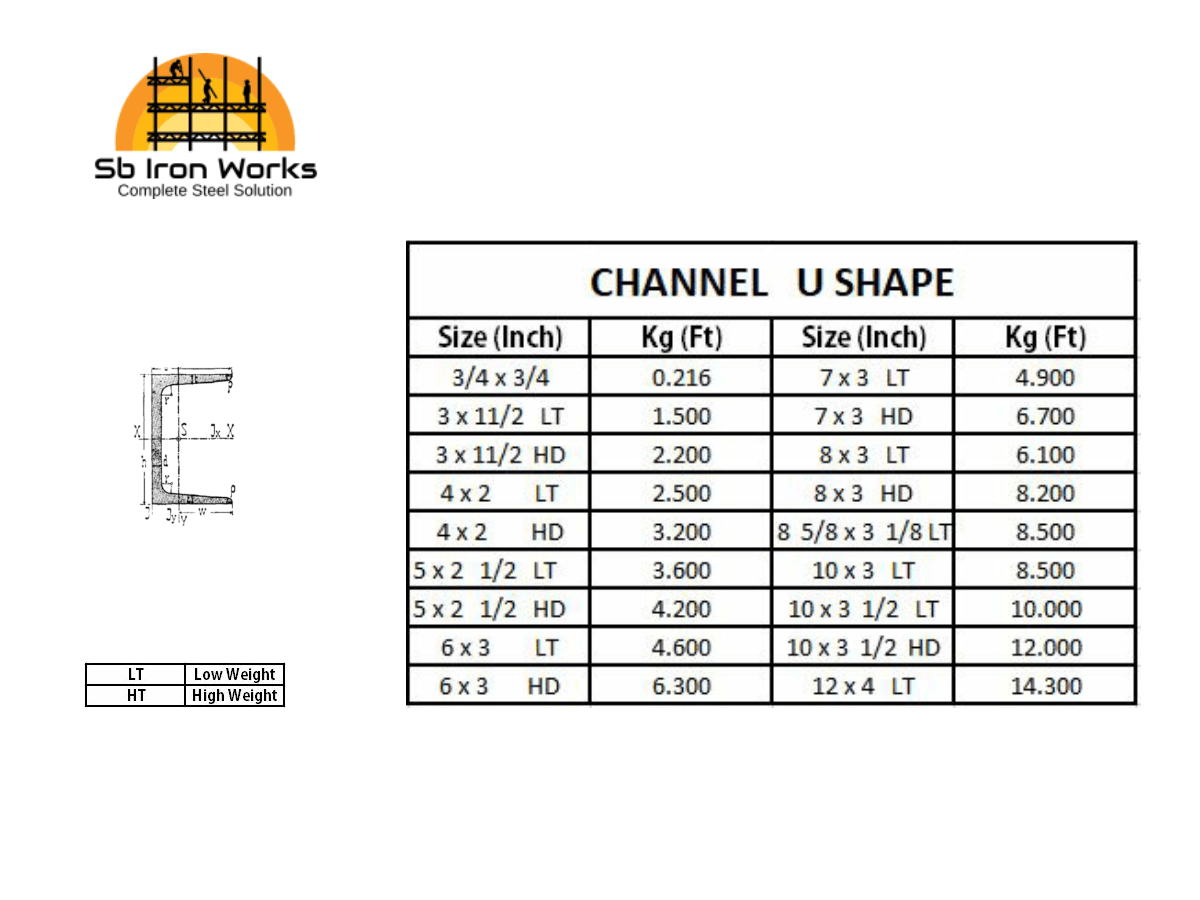
ANGLE BAR
Mild steel angle irons are formed by one of two different methods. Angle irons can either be hot-formed or cold formed. Both hot and cold formed angle irons can be equal or unequal flanged. The visual difference between hot and cold formed angle irons are shown in the picture below while the table to the right of the picture explains these differences.
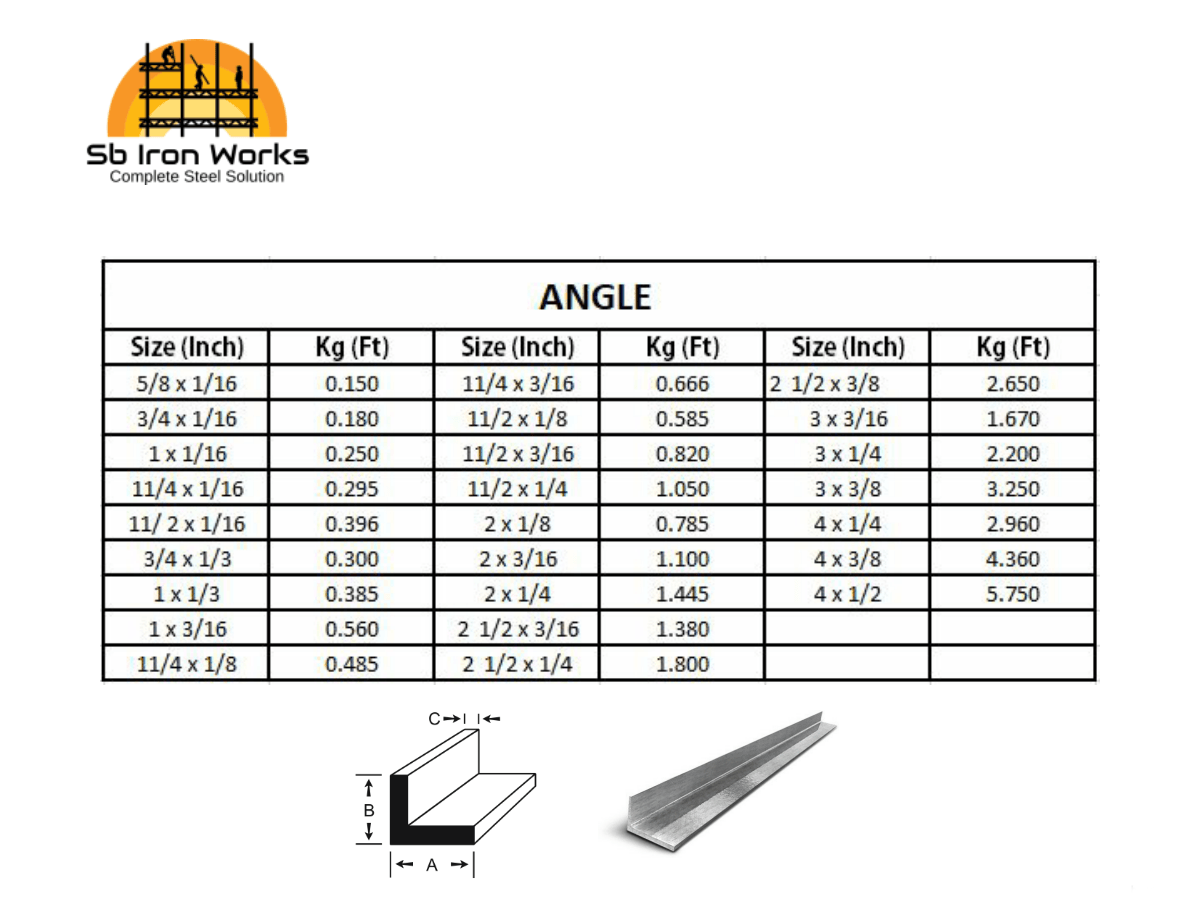
SQUARE BAR
Square bars are a flat, square section with square edges varying in sizes. This cost-effective steel product is suitable for a wide variety of applications and is distributed into the construction, engineering, manufacturing, mining, grating, fabrication and many other industries. The flat bar's versatility is the main reason it is usable throughout various industries, along with the excellent strength and formability combination of steel.
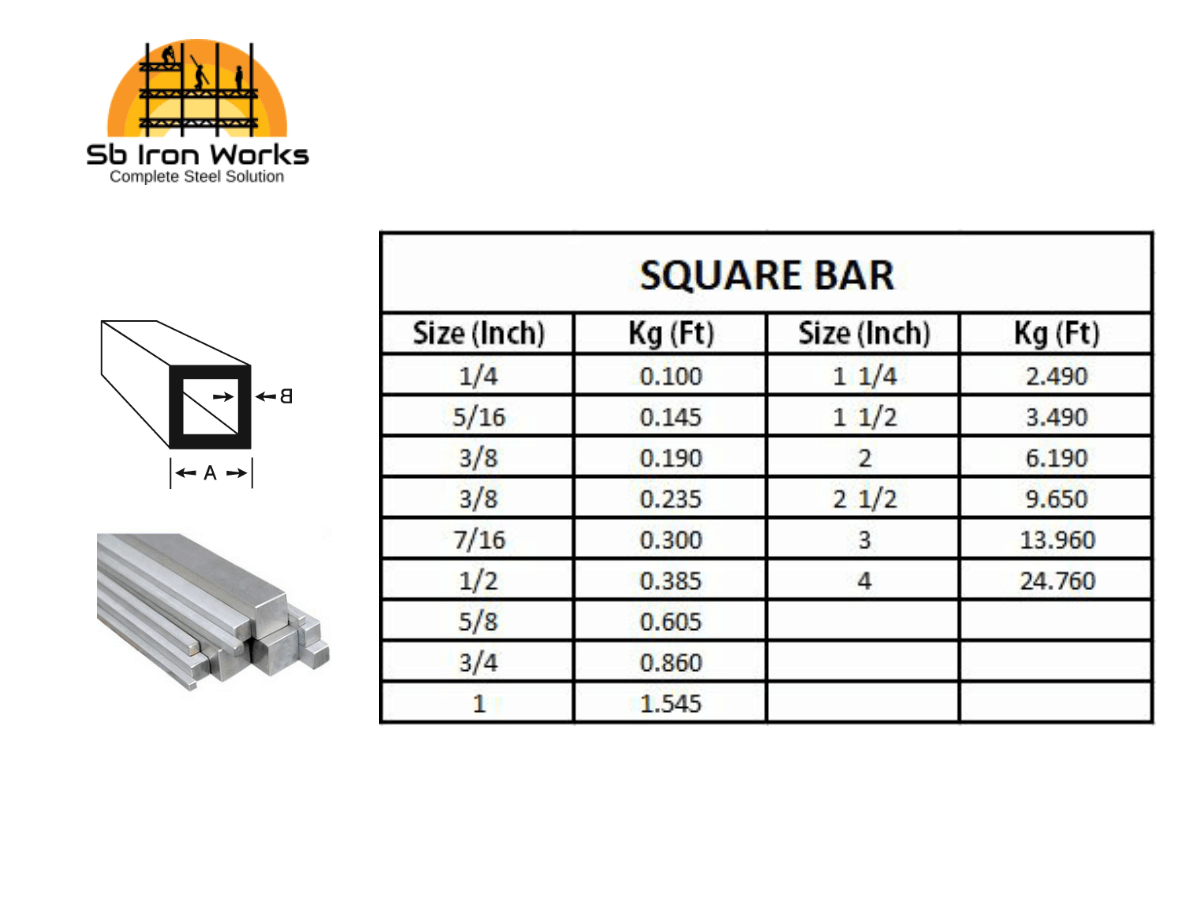
T-IRON
At "Sb Iron Works" our main aim is to deliver quality products and exceptional services to our customers that, in turn, provide them with ultimate satisfaction. T Iron is shaped like T usually use in constructon.
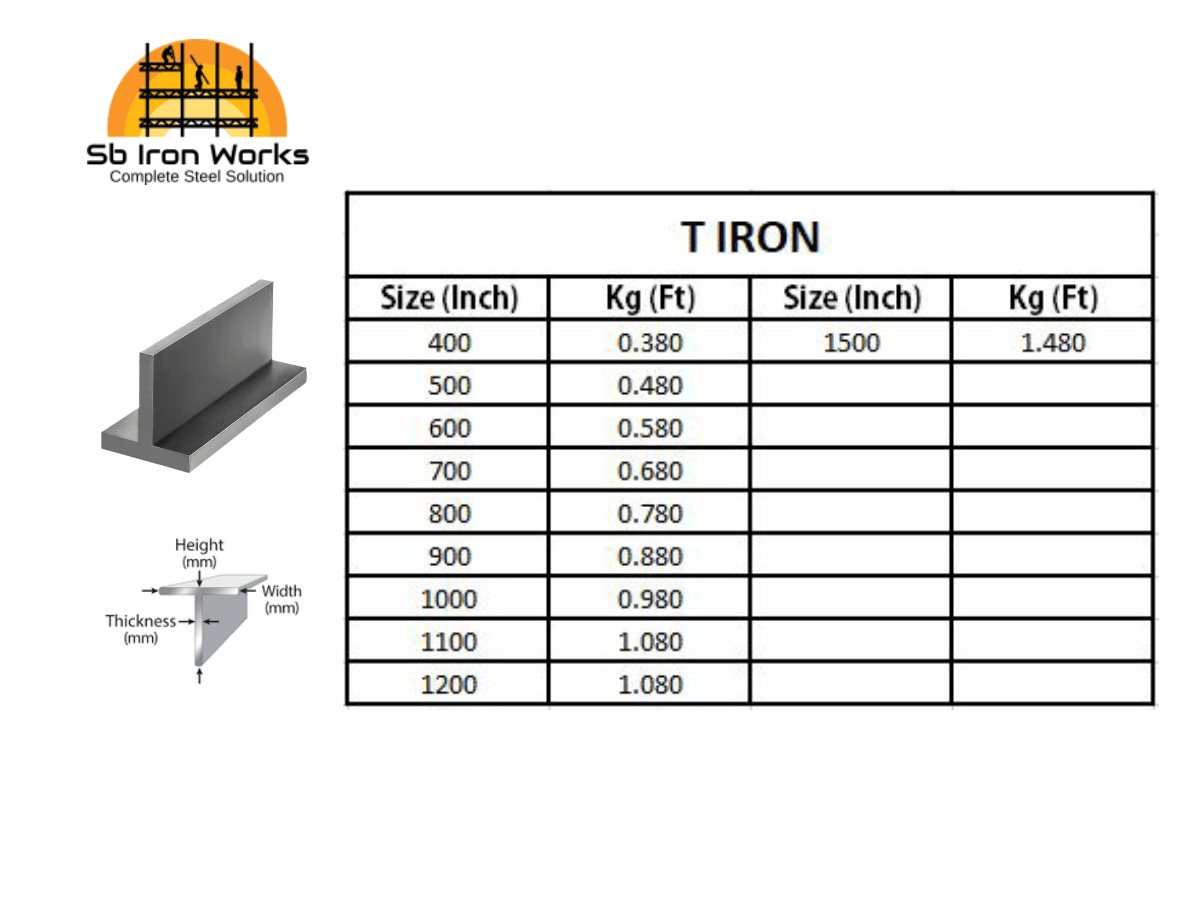
H-BEAM
An I-beam, also known as H-beam (for universal column, UC), w-beam (for "wide flange"), universal beam (UB), rolled steel joist (RSJ), or double-T (especially in Polish, Bulgarian, Spanish, Italian and German), is a beam with an I or H-shaped cross-section. The horizontal elements of the "I" are known as flanges, while the vertical element is termed the "web". I-beams are usually made of structural steel and are used in construction and civil engineering.
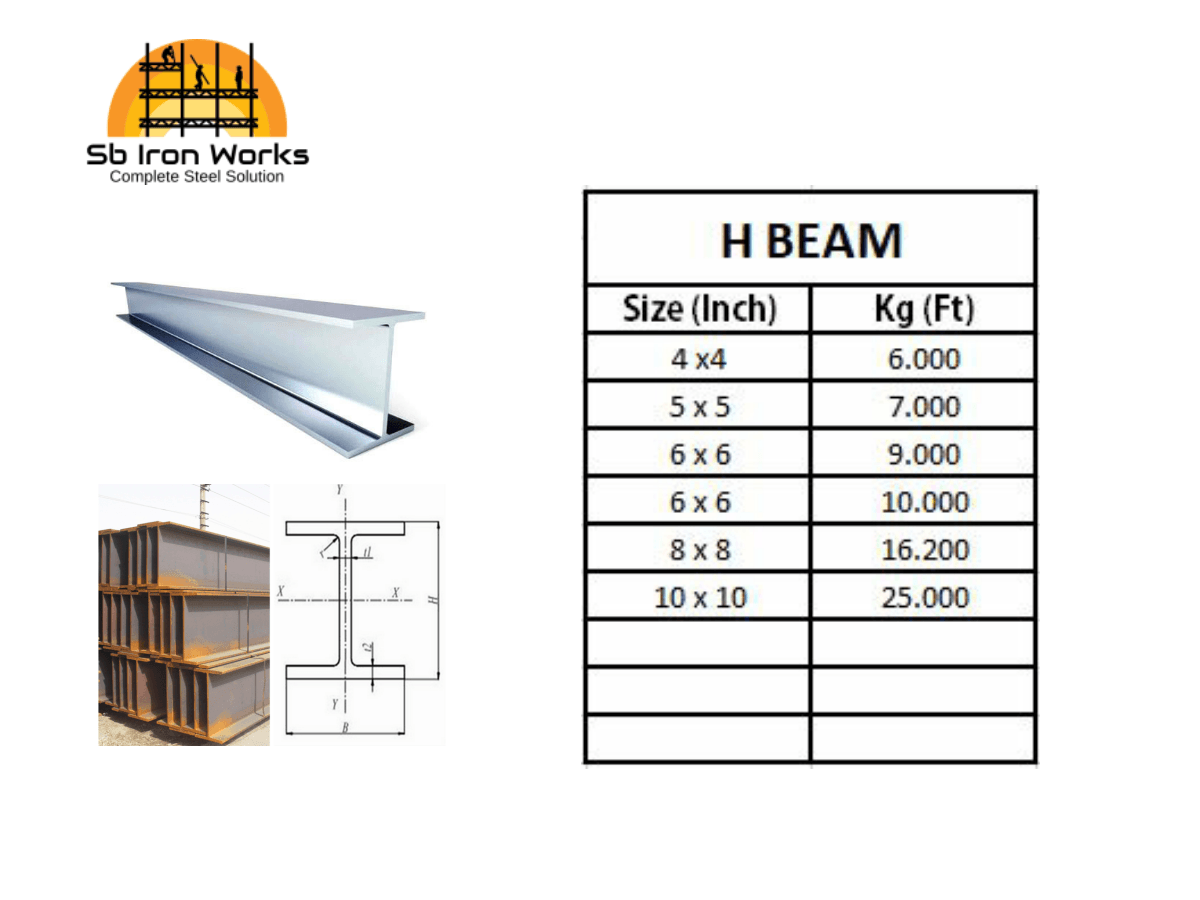
DEFORMED BAR
The most common type of rebar is carbon steel, typically consisting of hot-rolled round bars with deformation patterns. Other readily available types include stainless steel, and composite sections made of glass fiber, carbon fiber, or basalt fiber. These alternate types tend to be more expensive or have lesser mechanical properties and are thus more often used in specialty construction where their physical characteristics fulfill a specific performance requirement that carbon steel does not provide.
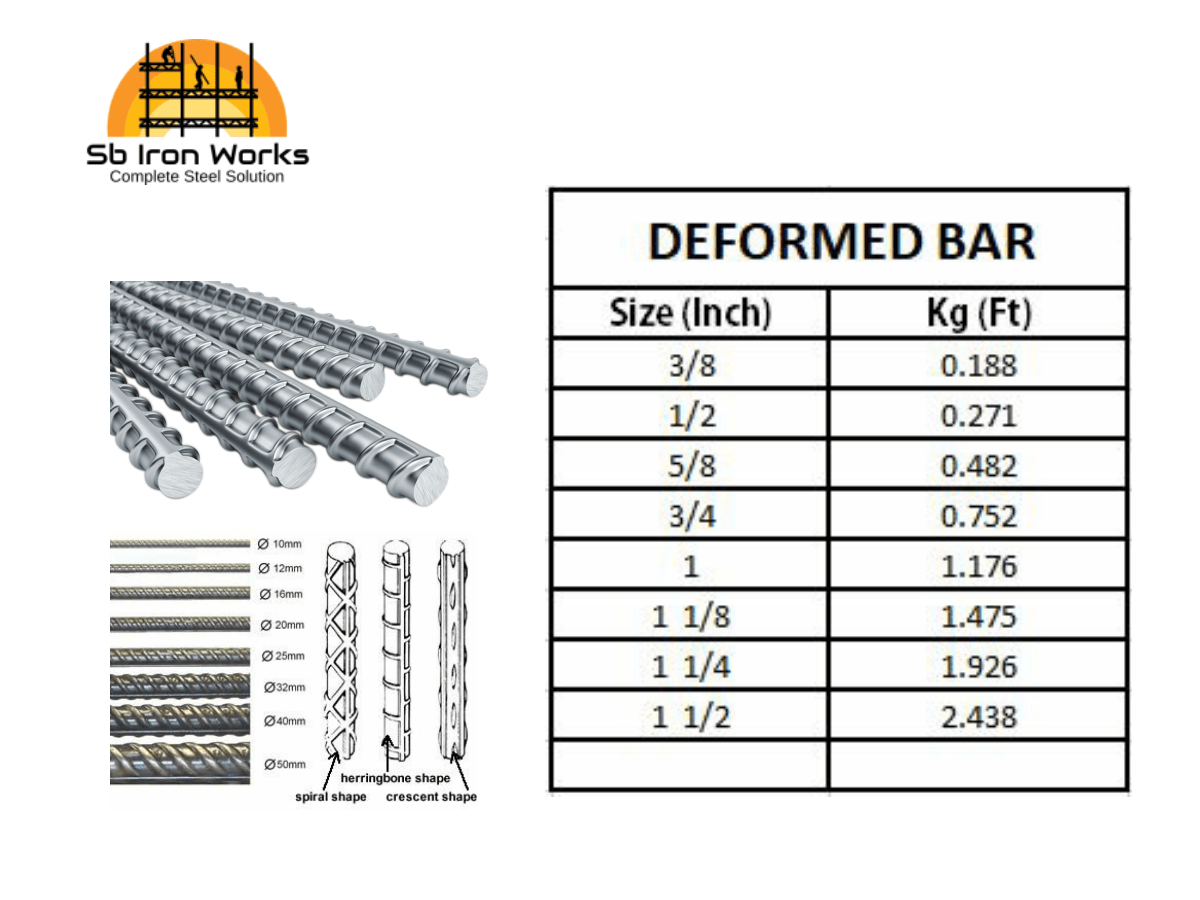
ROUND SHAFT
Shafting, also known as ‘Turned Ground and Polished’ shafting, refers to round bars made with fine precision and high-quality steel. They are polished to ensure flawless and perfectly straight surfaces. The manufacturing process is designed for extremely close tolerances for surface finish, roundness, hardness, and straightness which ensures a long service life with reduced maintenance.
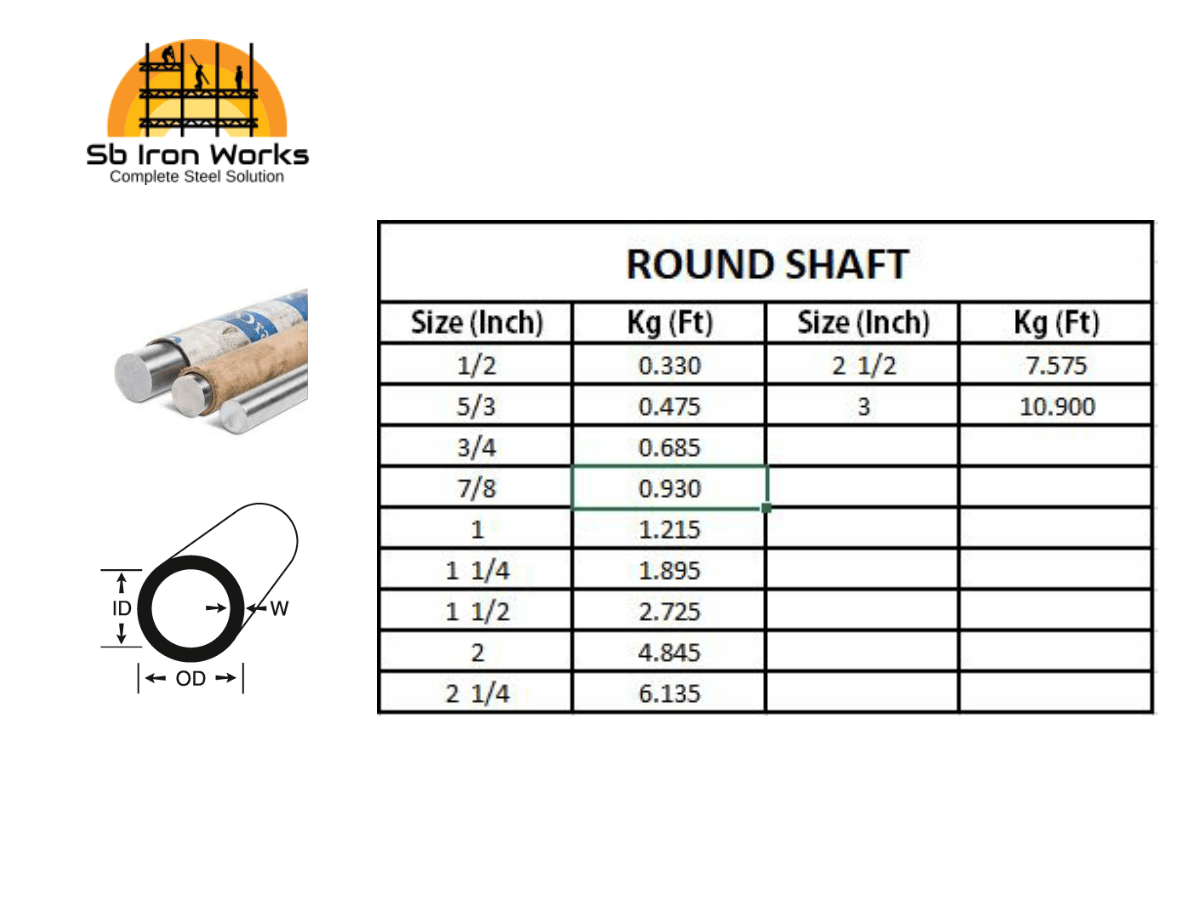
I Beam
An I-beam,(for universal column, UC), w-beam (for "wide flange"), universal beam (UB), rolled steel joist (RSJ), or double-T (especially in Polish, Bulgarian, Spanish, Italian and German), is a beam with an I or H-shaped cross-section. The horizontal elements of the "I" are known as flanges, while the vertical element is termed the "web". I-beams are usually made of structural steel and are used in construction and civil engineering.
